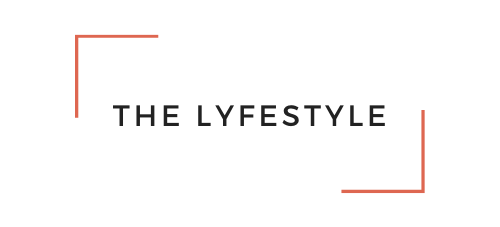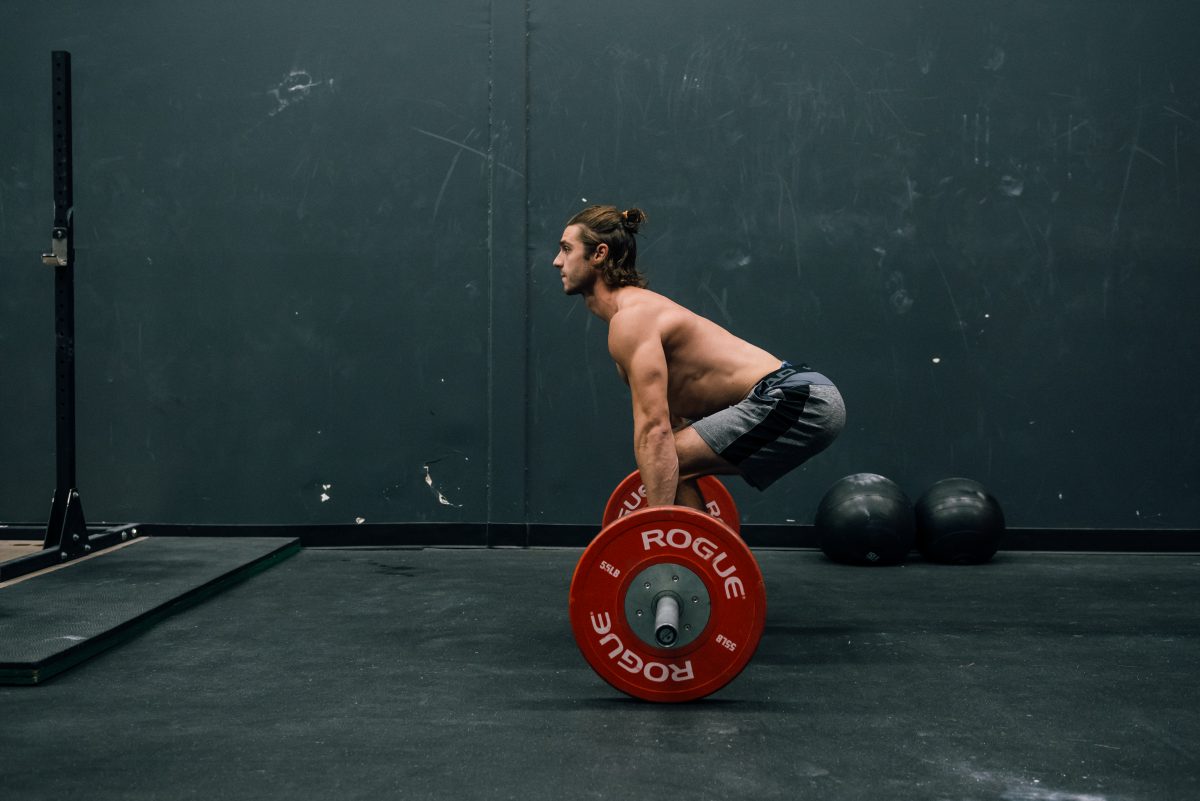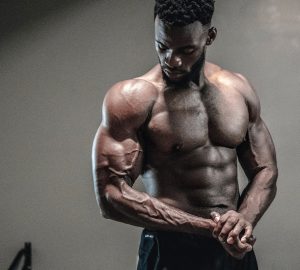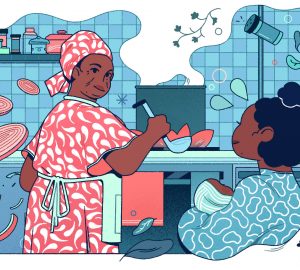Why do our muscles get sore after physical activity? Muscle soreness is a build up of lactic acid after a strenuous workout or a tough day at work that irritates the muscles causing them to be stiff or sore. But this only solves the problem for immediate soreness, so why are you in pain days after the workout. The answer is complicated and technical, but the short version is your muscles have microscopic tears and your body is repairing the tears with white blood cells, this is how our muscles get bigger. Some muscles can take up to 5 days to recover completely. (Richard Weil, MEd) Now there have been a few different techniques that have scientifically proven to help reduce delayed onset muscle soreness (DOMS)
Massage has been one of the studied recovery methods against muscle soreness. In a 2005 long term study subjects reported 30% less soreness then those who didn’t receive a massage 30 minutes after their workout. It is believed that the constant pressure helps to push fluid out of the muscles reducing swelling. Caffeine consumption is also a great way to help reduce muscle soreness. Whether its coffee or an energy drink, they both have pain killing properties. Although coffee hydrates your body better then an energy drink, they also help with fatigue you are feeling from the workout as well.
Comparable to a massage foam rolling helps to loosen tight muscles. Foam rolling can also improve performance during your workouts. Foam rolling before and after a workout can increase performance and shows that it can decrease DOMS. It helps warm up muscles causing less soreness immediately and like massage helps push fluid out of the muscles during recovery. Recovery workout is arguably the most important way to reduce muscle soreness. A recovery workout must be planned, proactive and effectively executed. Without a proper Recovery it can lead to overtraining or overuse injuries. A recovery workout is a low-moderate intensity workout that will help your body become accustomed to the added stress on the muscles making the soreness less intense later during a high intensity workout.
There are other methods that can help reduce muscle soreness that you can do before or after or both. Although Anti-inflammatory drugs are not something most people want to be taking on a regular basis it will reduce swelling and soreness is the muscles. If wanting to stick to the Anti- inflammatory properties you can try foods like pineapple, ginger and even cherries which have amino acids proven to reduce soreness. Heat and ice therapy immediately after an intense bought of physical activity can reduce delayed onset muscle soreness. Moist heat such as a warm bath have shown to increase pain reduction. Adding Epsom salts to a bath can double benefits. Combined with ice will reduce pain and swelling as well.
A dynamic stretch or active stretch before a workout will help to arm up and loosen muscles before an intense workout helping you feel less sore afterwards. During your workout it is important to stay hydrated, To keep the muscles from tightening and causes excess pain. Maintaining proper form during your workouts will also help deter future soreness.
Overall, DOMS is caused by tiny tears in the muscles. It is important to remember to stay hydrated throughout your day and your workouts as well and to stretch before and after to help reduce swelling and soreness. If you wish to do more you can foam roll your muscles, you can get a massage, or a hot bath or steam shower will draw blood into the muscles helping relieve soreness.









